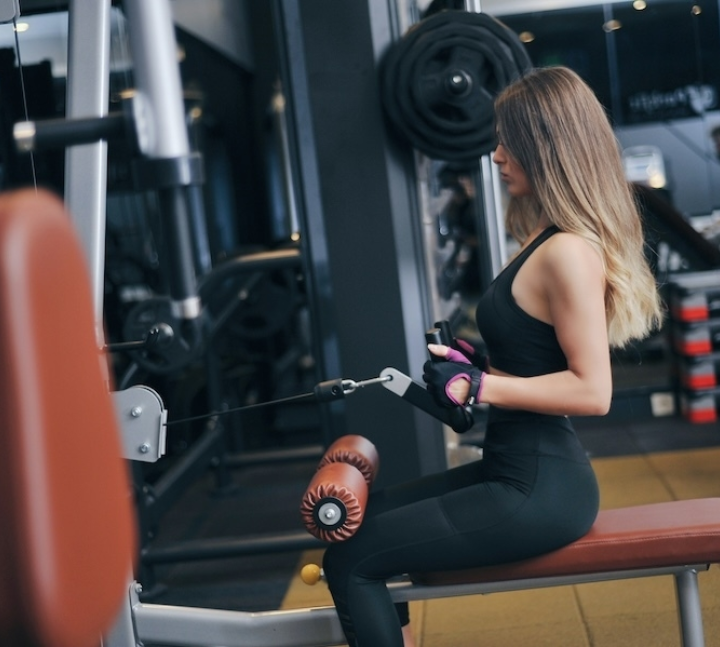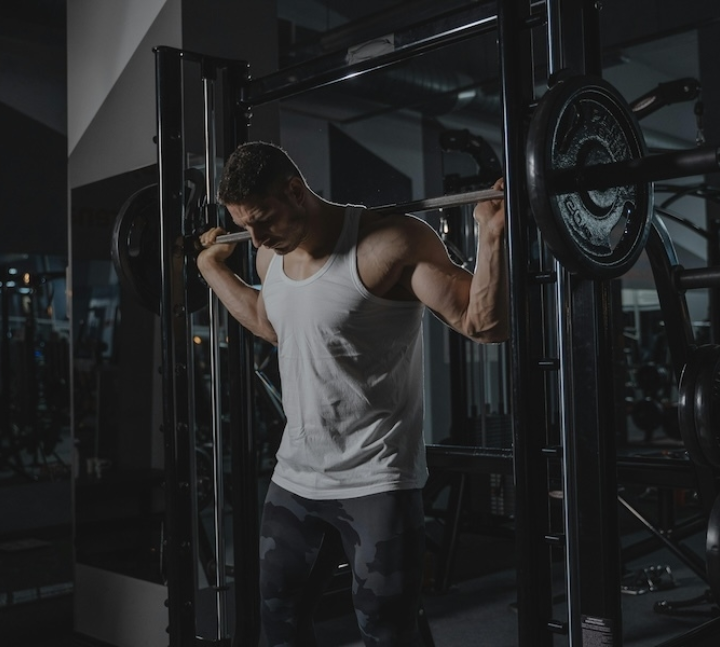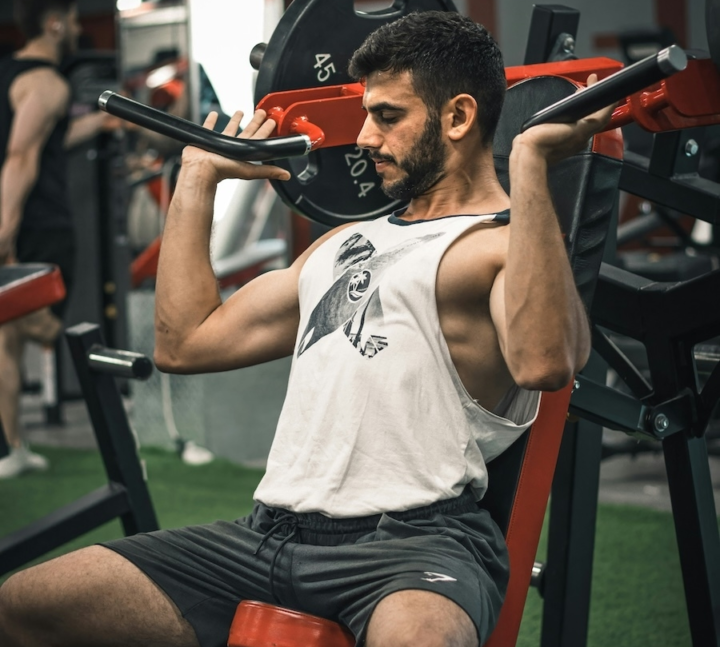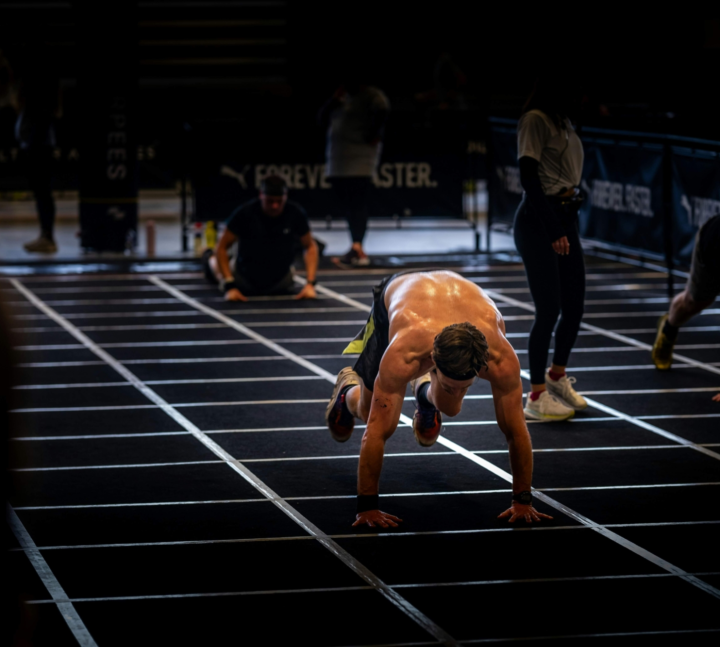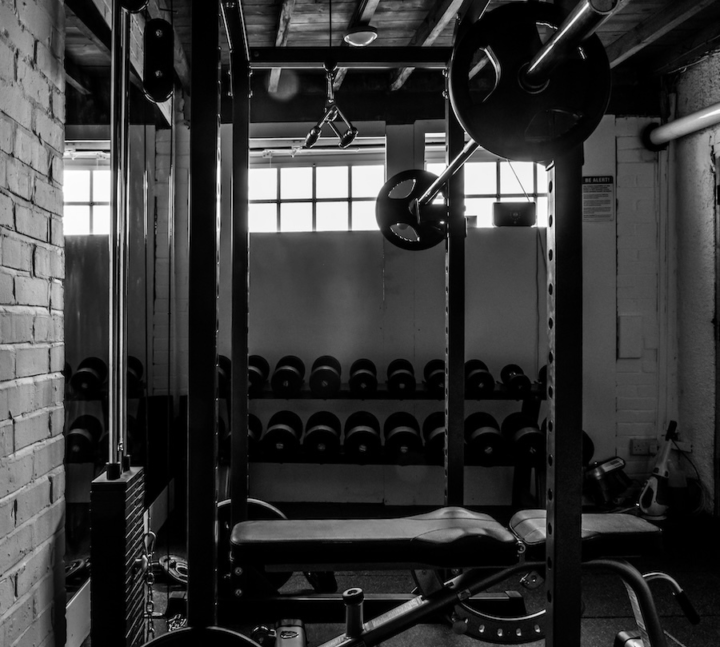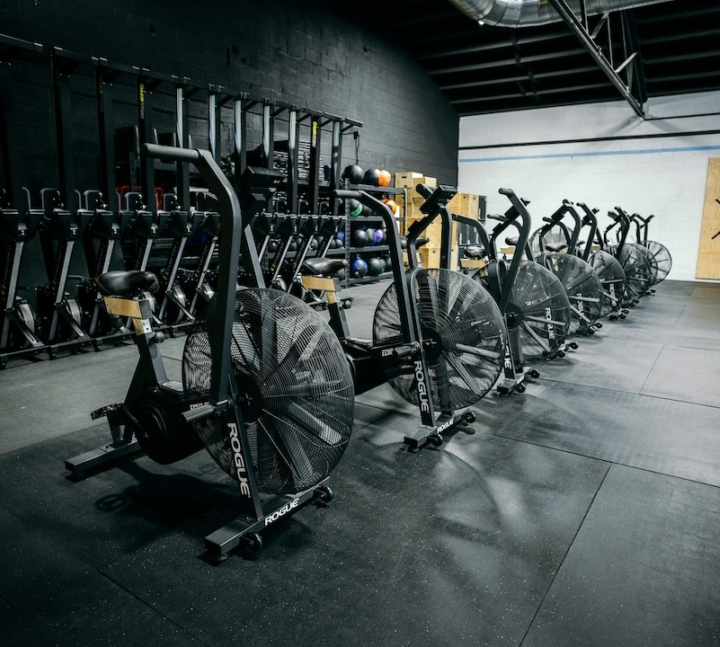The ultimate guide to push, pull, legs (PPL) training
If you're serious about building muscle and strength, you've likely come across the Push, Pull, Legs (PPL) split. It’s a simple yet powerful way to structure your workouts around natural movement patterns and it's popular for a reason. In this guide, you'll learn what PPL is, how to use it, and why it could be the smartest move for your training progress.
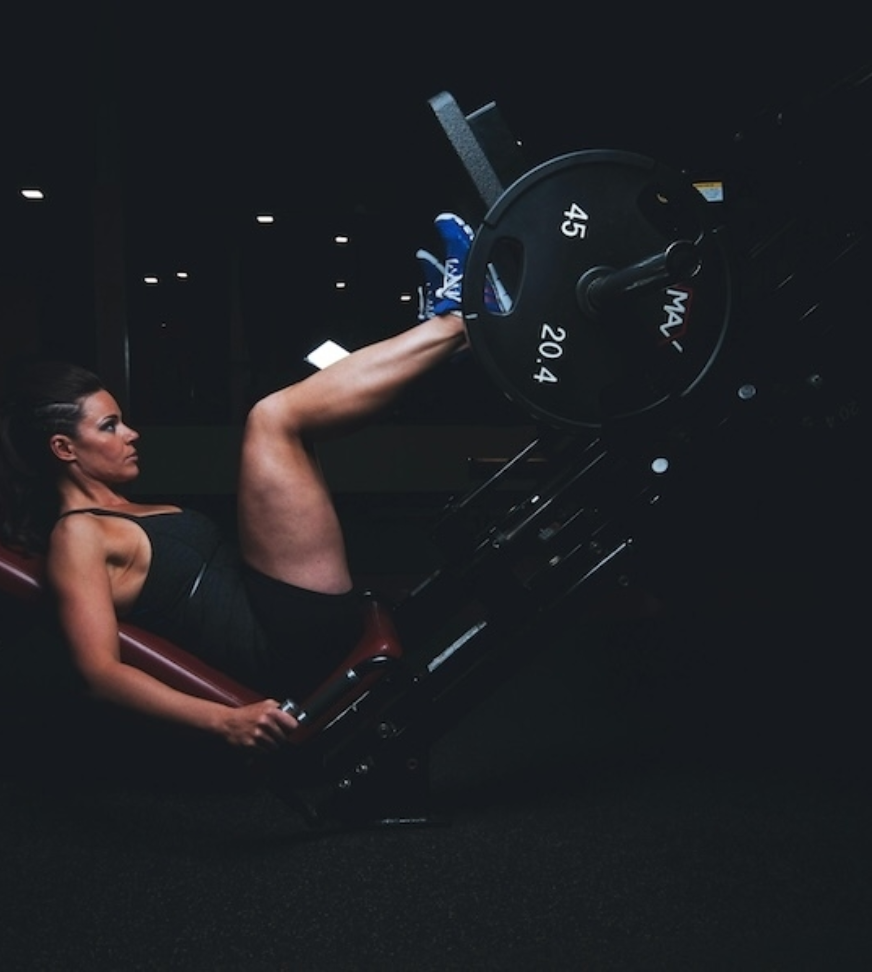
A training split based on natural movement patterns
What is PPL and how does it work?
PPL stands for Push (chest, shoulders, triceps), Pull (back, biceps), and Legs (quads, hamstrings, glutes, calves). This split groups exercises by movement type, giving each muscle group enough volume and recovery across the week.
You’ll typically train three or six days a week, depending on your level and goals. For example, our Push Pull Legs (6x/week) routine offers a well-balanced version for intermediate lifters. Want to train core more often? The PPL + Abs Add-On (6x/week) routine includes dedicated core work on pull and leg days.
Favorite for strength and hypertrophy
Main benefits of the PPL split
The popularity of PPL comes from its smart structure: it balances effort, volume, and recovery across the week. Here’s what makes it stand out:
- Structured balance – Each major muscle group gets focused attention
- Scalable for any level – Easily adapt your frequency and intensity
- Efficient recovery – Muscle groups rest while others are being trained
- Ideal for muscle growth – More volume per group than most full body splits
It’s also one of the easiest splits to build a consistent habit around, since each day has a clear purpose.
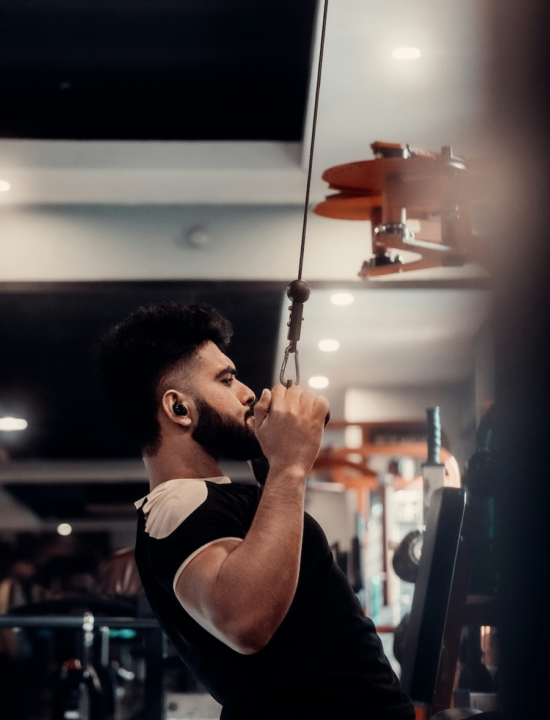
Understand when to switch and when to stick with full body routines
When to use PPL vs. other splits
Not every workout structure fits every phase. Here’s how to know if PPL is right for you:
- Choose PPL if you want to focus on specific muscle groups and can train at least 3x/week
- Stick to full body routines if you’re a beginner, short on time, or working on basic strength
- Switch to PPL when you're ready for more volume and split-focused progression
Our routines offer both: a clean 6-day layout or a lighter 3-day framework if needed.
Structure your week with either 3 or 6 workouts
Sample weekly PPL schedule
The beauty of PPL is its flexibility. Whether you train three or six times a week, there’s a version that fits.
3-day version (beginner/intermediate)
- Mon – Push
- Wed – Pull
- Fri – Legs
6-day version (intermediate/advanced)
- Mon – Push
- Tue – Pull
- Wed – Legs
- Thu – Push
- Fri – Pull
- Sat – Legs
Both PPL routines are structured to support long-term consistency with built-in recovery and core integration.
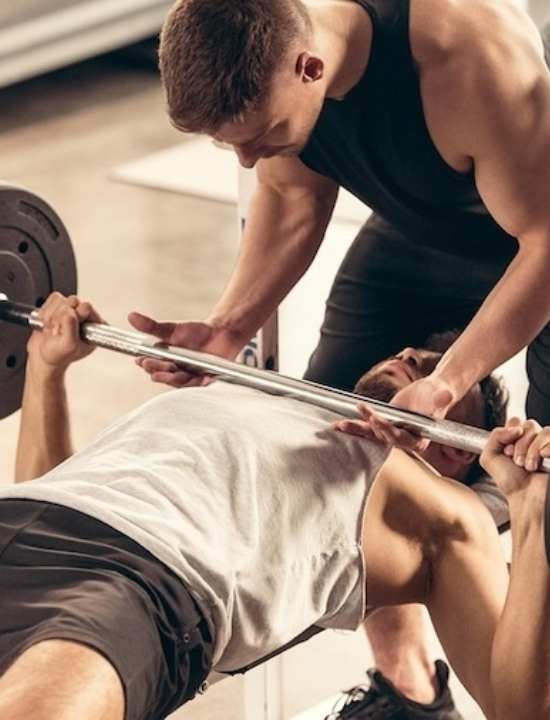
Core exercises that define each day in the PPL split
Exercises for push, pull, and legs days
Each PPL day follows a predictable movement theme. Here’s what a typical session might include:
Push day (chest, shoulders, triceps)
- Bench press
- Overhead press
- Dumbbell flys
- Tricep dips
Pull day (back, biceps)
- Pull-ups
- Barbell rows
- Dumbbell curls
- Face pulls
Leg day (lower body)
- Squats
- Romanian deadlifts
- Lunges
- Calf raises
Our programs alternate between heavy compound lifts and accessory work to optimize progression and reduce fatigue.
Simple things that could stall your progress without you noticing
Most common PPL mistakes to avoid
Even a great split like PPL can lose effectiveness if you make these common mistakes:
- Overdoing isolation work – Compound lifts should remain the foundation
- Skipping leg day – Yes, it still happens — and no, you shouldn’t
- Neglecting recovery – Too much intensity without rest leads to plateaus
- Copying advanced lifters – Your program should match your experience
The best results come from a well-matched plan. That’s exactly what our PPL routines are designed to deliver.
Frequently Asked Questions about push, pull, legs training
Depends on your goal. Full body is time-efficient and beginner-friendly. PPL offers more volume per group, which is ideal for growth.
Stick with it for at least 8–12 weeks before reassessing or adjusting.
Definitely. Just keep it low-intensity (like walking or cycling) to support recovery.
Yes, especially the 3-day version with basic compound exercises.
Just continue where you left off — the structure is flexible.
A proven system for training smarter, not harder
Final thoughts
Push, pull, legs is a timeless structure for good reason. It balances variety, volume, and recovery in a way that supports long-term growth. Whether you’re just starting or ready to train six days a week, PPL helps you build momentum with purpose and we’ve built routines that do exactly that.
Built for progress
Take the guesswork out of training
Create personalized AI-powered workout plans that evolve with you. Train smarter, track every rep, and keep moving forward, one workout at a time.






Explore more training options
Related push, pull, legs (PPL) training workouts
Get inspired and motivated


